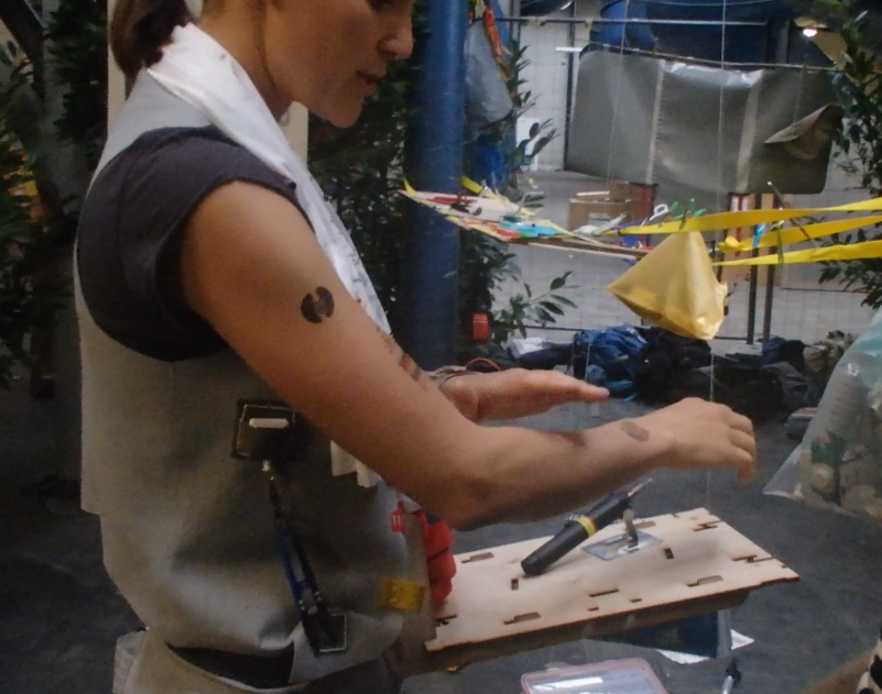The practice: learning salsa from a group of professional salsa dancers and understanding how they teach.

Worksite Documentation
I went to attend a salsa class held at NUS in one of the many dance rooms. These rooms have hardwood flooring and are surrounded by mirrors. This is to allow all dancers to see their positioning and make sure they are doing movements properly. The instructors in the class also wear specific dance clothing so as to make their teaching and dancing experience better. While the participants were not required to wear any such clothing in the instance that I went, it was likely that later on they would be required to wear proper dance gear.
Tools
- Dance shoes (with a heel)
- Comfortable clothing
- Hairpins
- Music player
- Music
- Microphone for speaking


Process Documentation
As I first entered the class, I saw the instructors practicing with each other and showing whoever was interested in various dance moves. The class began with a performance and demonstration of the skills we ultimately hoped to learn.
I had always been confused by how dancers managed to think so quickly on their feet and come up with a combination of dance moves in a moment. In fact, watching them was astonishing because I could not split up one dance move from the other.
PAIN POINT: hard to learn new moves when you don’t know what you’re looking for. Could be cool to have an AR device that names the moves as they happen.
After the demonstration, we began the lesson by getting into a circle. The women formed a larger circle on the outside and the men formed a smaller circle on the inside. This was to create easy partnering, as the men would shift down the circle each time the instructors asked them to do so.
Learned the first move was basic since it was the most beginner step. However, for some people, it proved confusing once it started to be integrated into the rest of the dance. This was because the basic step needed to continuously be done even as dancers turned and moved along the floor.
PAIN POINT: remembering what foot to use next was difficult, and is a common problem in dance. A good solution would be a device that lightly zaps the leg that is meant to be used in the case of confusion.
As the class went on, we switched from partner to partner and continued learning new moves. These moves were ultimately grouped together into larger combinations in order to imitate the performance we had all seen at the beginning of the class.
Ultimately, we finished the class having learned many new combinations, and met lots of new interesting people. The members from the class could continue what was called “social dancing” in which they could dance freely with each other and practice the moves they had just learned. I decided to try and practice with an instructor to see what I had learned, and it turned out quite well!
